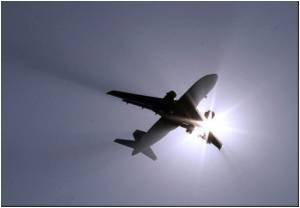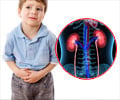Medical emergencies during commercial airline travel can be a frightening experience.

Physician passengers provided medical assistance in nearly half of those calls, according to the researchers. Other medical professionals, such as nurses and emergency medical technicians, provided help in another 28 percent of the calls. Flights were diverted to alternate destinations because of medical concerns in only 7.3 percent of the incidents.
Most of the passengers who were treated in-flight had favorable outcomes. According to data for nearly 11,000 of those patients, 25.8 percent were transported to a hospital by emergency medical services; 8.6 percent were admitted, and 0.3 percent died, either on board the aircraft or upon transport to the hospital. The most common causes for admission to a hospital were stroke, respiratory and cardiac symptoms.
The study found that most calls could be managed by the flight attendants, who are trained in emergency protocols and have access to an FAA-required emergency medical kit, along with medical volunteers in the majority of cases. In these cases, ground-based physician consultants provided additional guidance, including use of specific medications in the kit, and assisting the pilot and crew in making decisions regarding need for diversion of the aircraft.
"We wanted to provide a description of the type of emergencies commonly treated on an aircraft, identify the outcomes of these patients and provide an understanding of the treatment capabilities available on the aircraft in the medical kit and through experts on the ground," said Dr. Martin-Gill.
The researchers suggest physicians and others obtain a basic knowledge and awareness of the resources available to them in this unfamiliar and cramped setting to be effective volunteers during an in-flight emergency.
Advertisement
Source-Eurekalert










